4 Decorative Lighting Pitfalls to Avoid by Levi Wilson
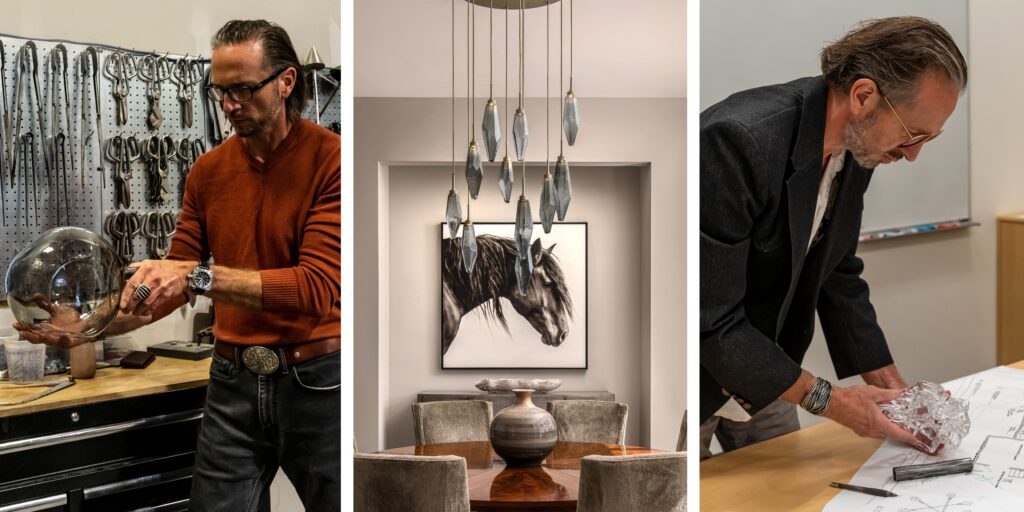
With more than a quarter century of lighting industry experience, Levi Wilson brings unique insights to his role as Hammerton’s VP of Design. Over the last three decades, Levi has collaborated with hundreds of design professionals, and he possesses an intimate understanding of what it takes to ensure a space is both beautifully and functionally lit. Here’s his list of four major mistakes to avoid when making important decorative lighting decisions.
#1. Choosing Decorative Lights Too Late in the Design Process
With a new build or major remodel, all lighting decisions should be made no later than the framing stage of construction, and certainly before rough electrical work begins. “That’s because the size, weight, and design of many decorative fixtures often require special accommodations,” explains Levi. “Not addressing these early in the construction process can lead to expensive change orders or a compromised design.” For example:
- Heavy ceiling fixtures weighing over 50 lbs. must hang from the building structure, so additional blocking must be added during framing.
- Chandelier j-box locations must be positioned to accommodate surrounding doorways, sprinklers, and other potential obstructions.
- Junction box locations for wall sconces must take into account the backplate design to ensure the fixture properly sits at the desired height from the floor.
#2: Ignoring Fixture Size & Scale
Even the most beautiful decorative lighting can fall flat when it fails to match the size and scale of its surroundings. Fixtures that are too large can overpower a room, while fixtures that are too diminutive can appear insignificant. Considerations like ceiling height, fixture height from the floor or table, fixture scale relative to surrounding elements, and line of sight are essential. “A right-sized fixture will elevate the room it inhabits,” Levi adds. “For the best outcome, consider how the size and scale of your fixture can enhance both the aesthetic and functional experience of the surrounding space.”
#3. Inconsistent Color Temperature
As energy-efficient LEDs become the norm in residential lighting, it’s easy to overlook the impact of consistent color temperature across all the artificial light sources within a given space. The eye detects differences in color temperature greater than 75K, so a 2,700K chandelier in a space with 3,500K ceiling cans is very likely to look out of place. Levi’s advice: “Just like good design, lighting should feel cohesive. Sticking with one color temperature in a particular space is a good rule of thumb.”
#4. Excluding Dimmers
Today’s luxury homes are often designed with open floor plans and multi-purpose spaces. Incorporating dimmable lights and/or dimmer switches enables adjustment of the ambiance of a room to suit its use. “Dimmers make it simple to transition from brighter task lighting to a softer, more relaxed atmosphere,” explains Levi. “When selecting your decorative fixtures, make sure they’re compatible with dimmers, giving you the power to create the perfect environment for any occasion.”
At Hammerton, we believe that great lighting is about more than mere illumination—it’s about creating an elevated experience that enhances your lifestyle. With Levi’s expert insights, you’re well-equipped to create a lighting plan that brings both form and function to your home.
Browse Our Examples:
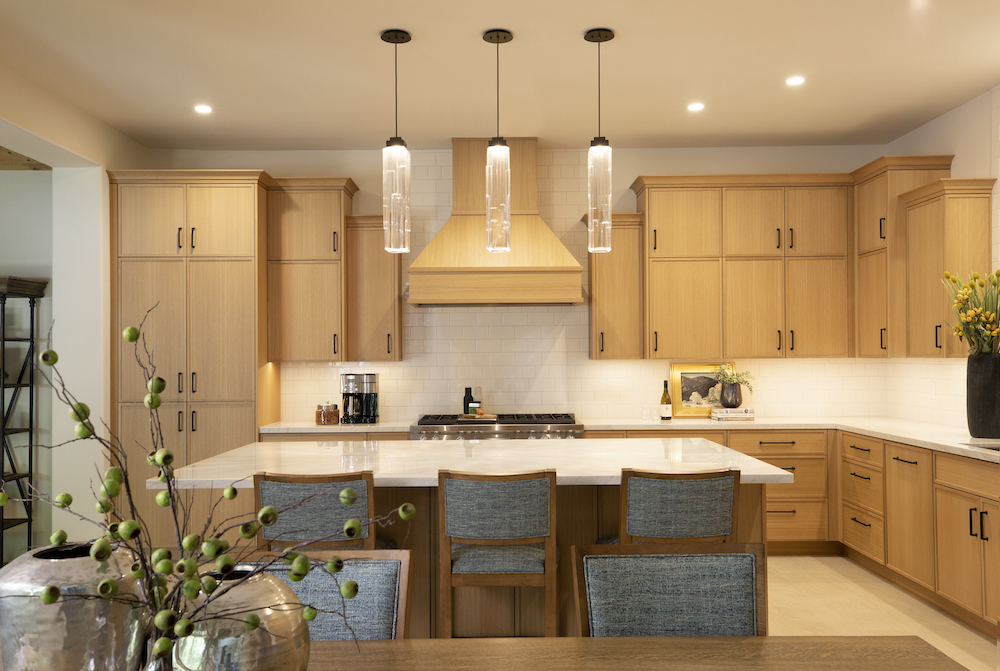
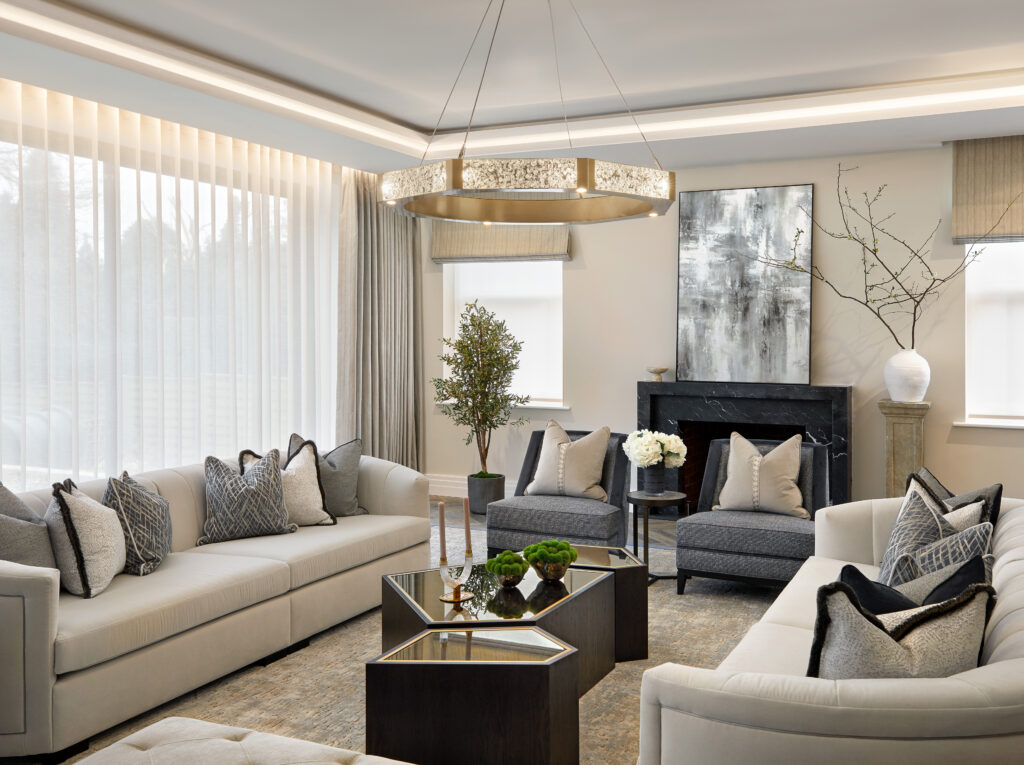
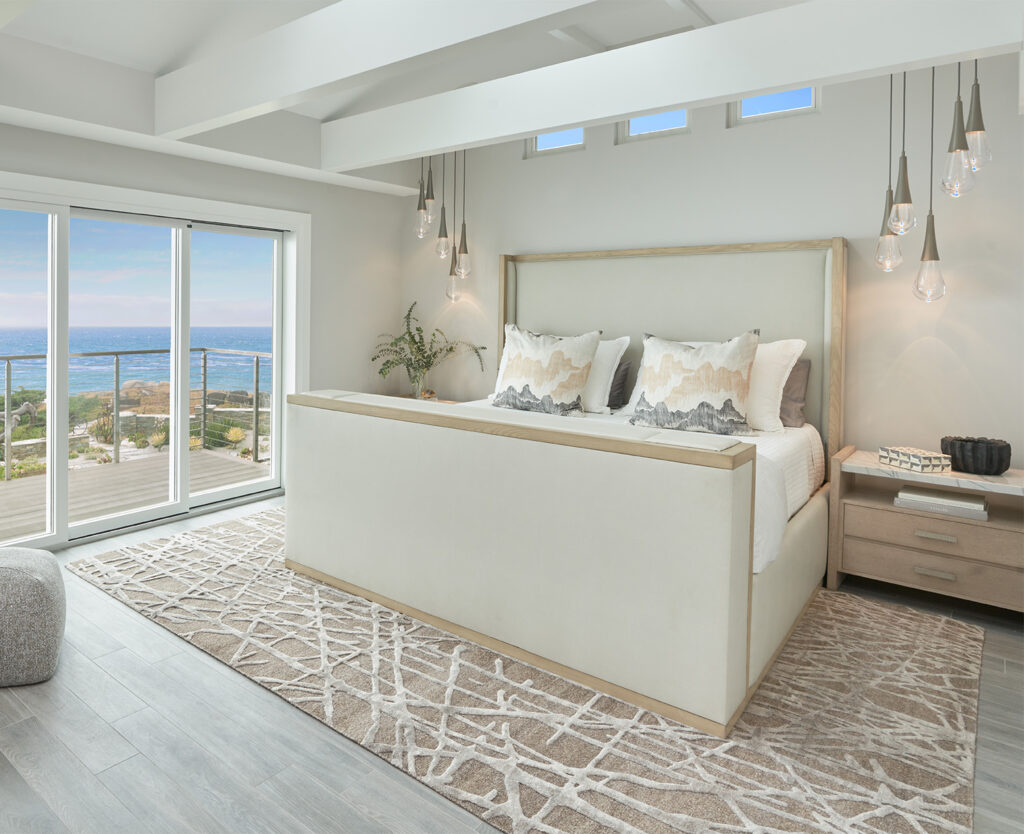
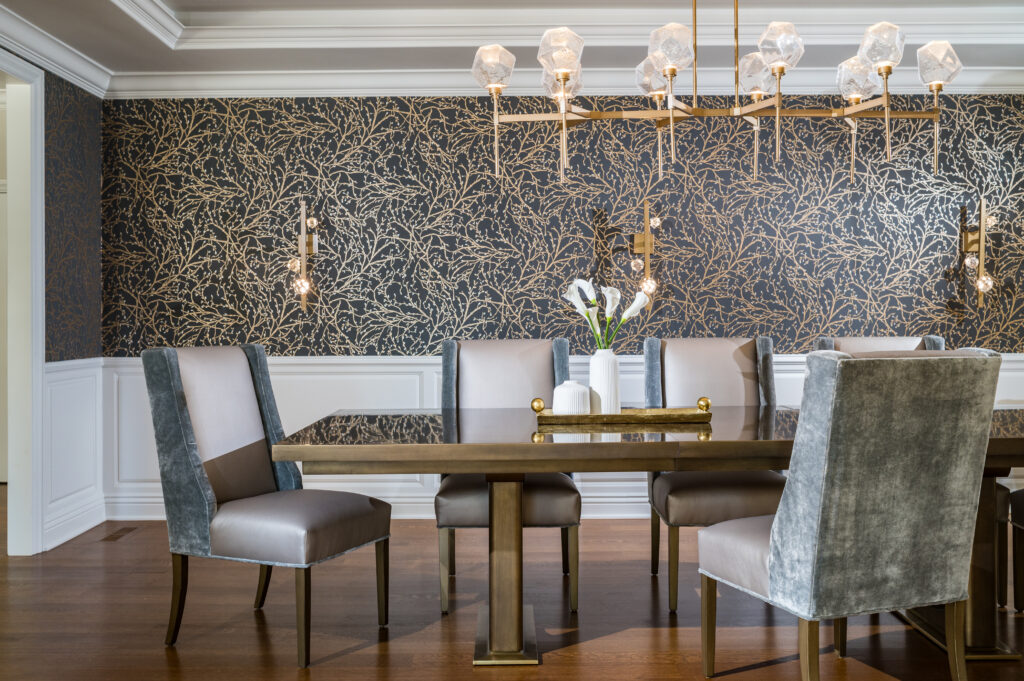
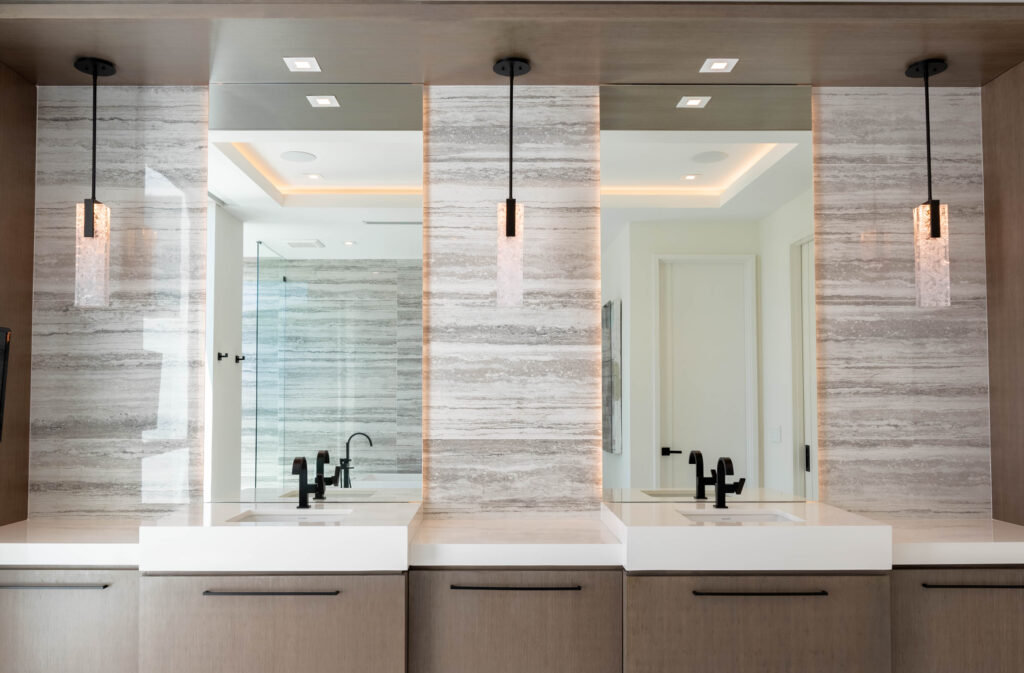
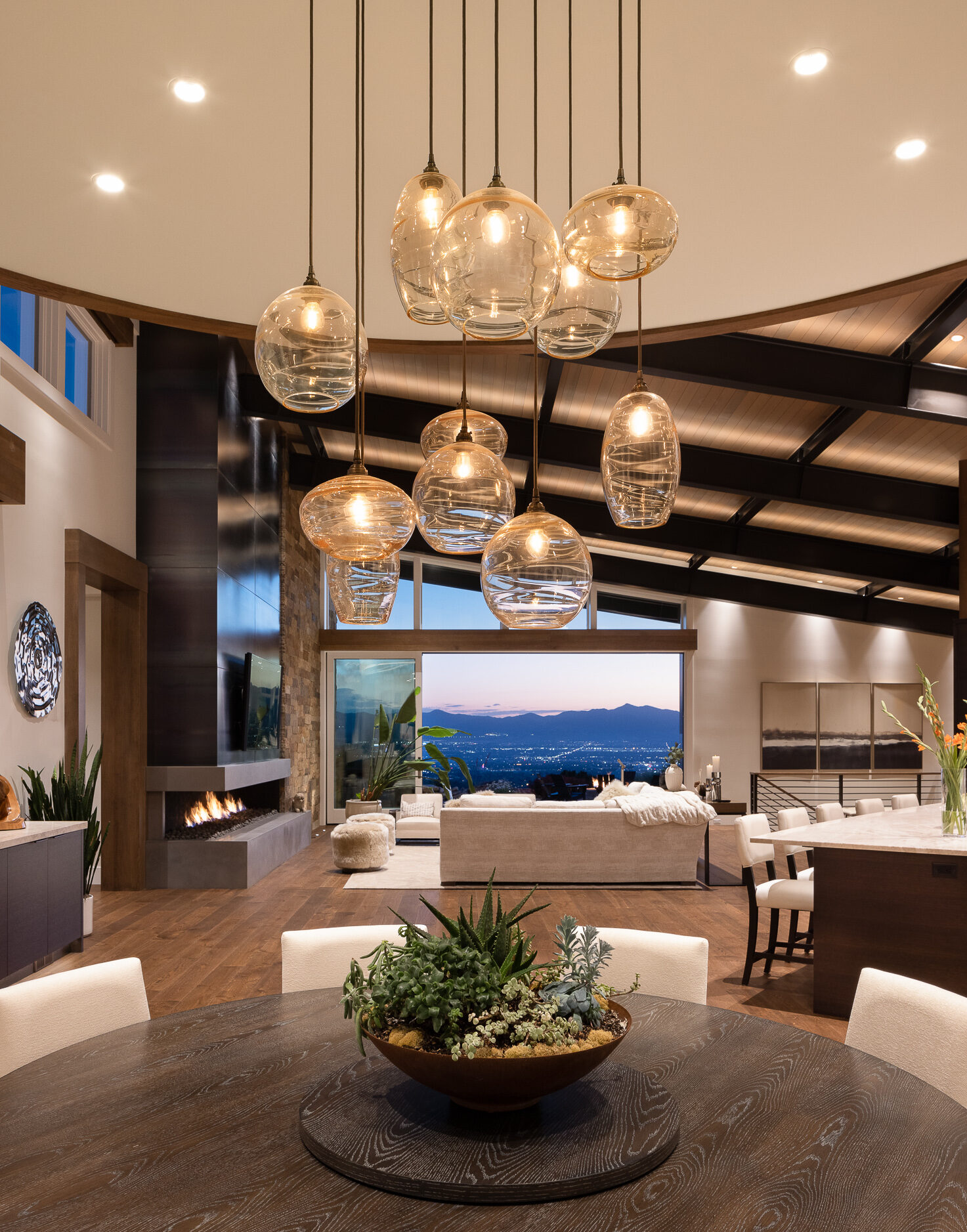
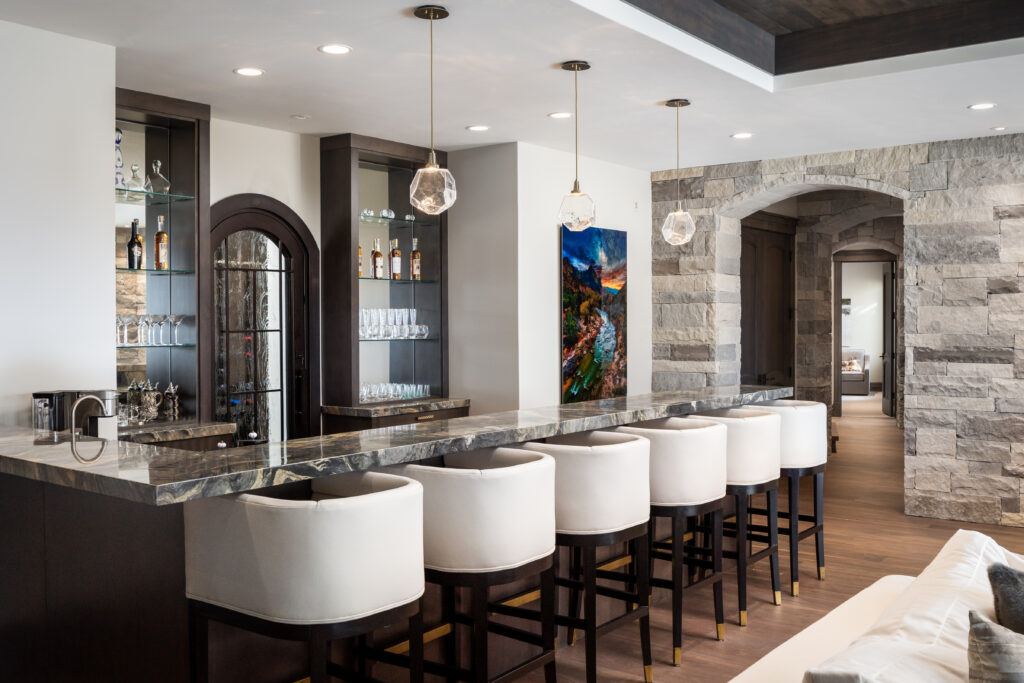
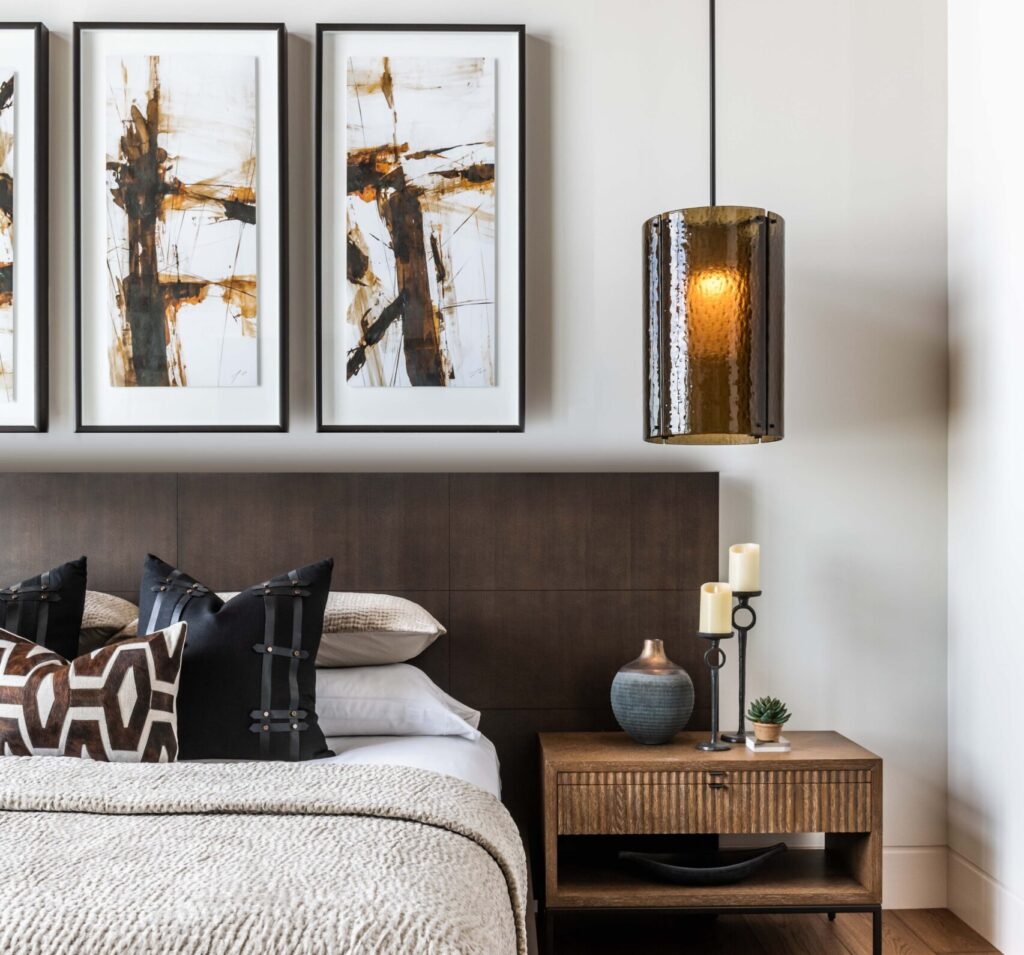
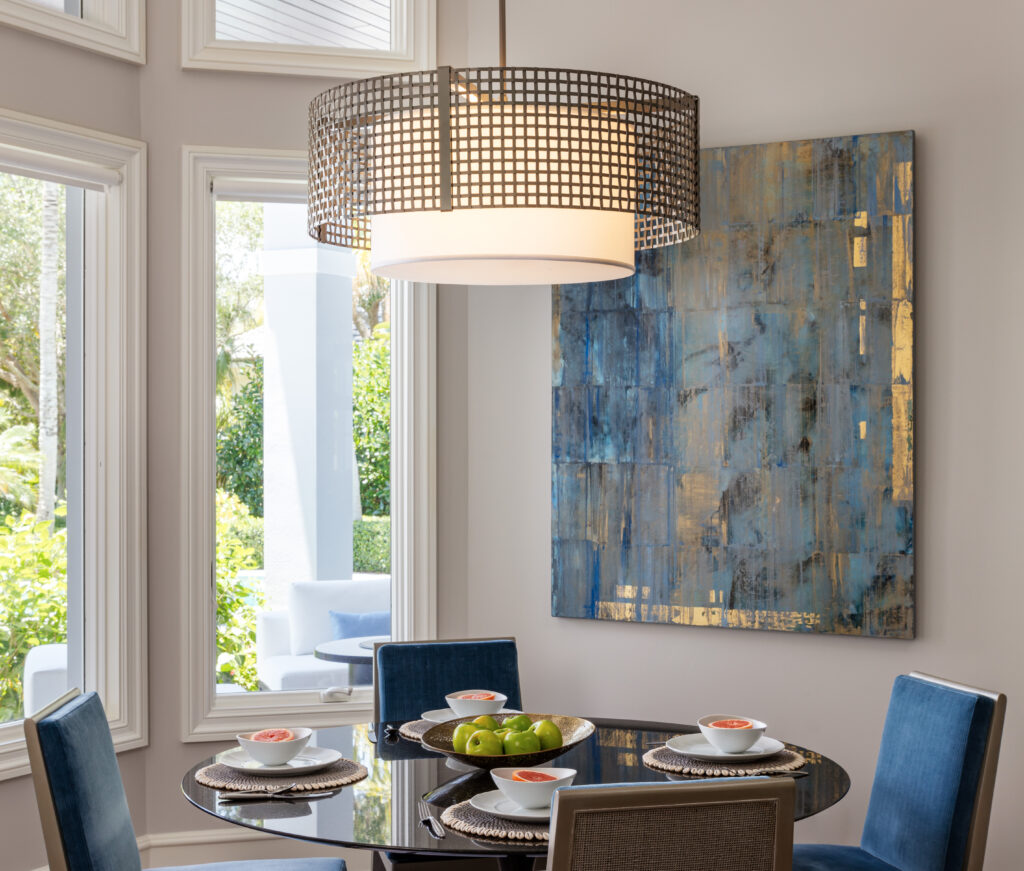
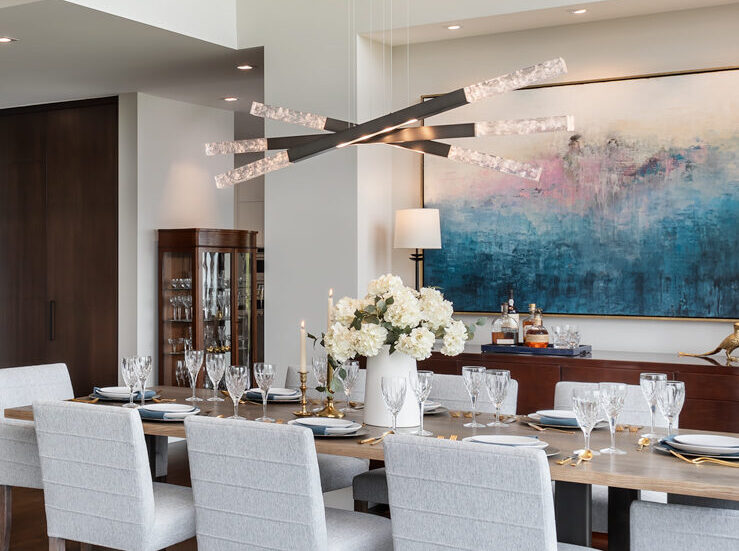
View more interior inspiration here!